World Breastfeeding Week 2011 Press Conference Mothers Having High Intention to Breastfeed while Medical Staff Training Being Unsatisfactory
2011-07-30

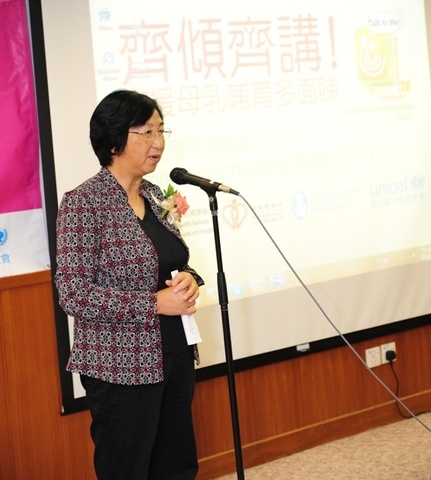
Dr Patricia Ip, Chairman of BFHIHKA reported that for the births in 2010, the breastfeeding rate on discharge from hospitals was 79.2%, 2.5% higher than the previous year. “We are also happy to see that, other than two private hospitals, all of the others have followed public hospitals’ policy of not accepting free infant formula milk.” said Dr Patricia Ip. For skin to skin contact between mother and baby right after birth lasting over an hour, a practice that will facilitate breastfeeding, although the percentage is still low, it is good to see an increase from 13% to 22% among hospitals. However, 44% of the hospitals, mainly private hospitals, did not allow mothers and babies to stay in the same room day and night.
Besides, the rate of health care staff receiving required training on breastfeeding is still low, in particular paediatric nurses and both paediatric and obstetric doctors, the rates are 13%, 4% and 1% respectively. Dr Patricia Ip said, “When the society has vigorous discussions on what volume of obstetric and neonatal services Hong Kong can cope with, let’s not forget the importance of discussing at the same time, whether we are able to provide a health care system which is mother-baby friendly.”
| Dr Rachel Cheng, Senior Medical Officer, Family Health Service said, “To equip health professionals with the necessary knowledge and skills in supporting breastfeeding mothers and managing lactating problems, the Department of Health is in the process of developing a multi-media e-learning education kit for doctors with frequent contact with pregnant and breastfeeding women, including obstetricians, paediatricans and family physicians. In addition, the Department has set up a multidisciplinary taskforce to develop and promote the Hong Kong Code of Marketing of Breastmilk Substitutes. The process will involve all key stakeholders in the community.” | 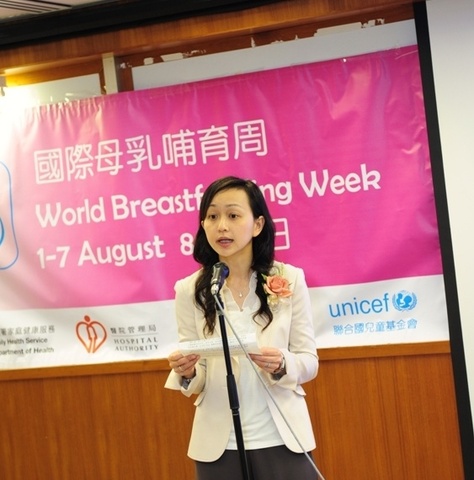 |
| Dr Tony Ko, Chief Manager and Chairman, Hospital Authority Steering Committee on Breastfeeding said the Hospital Authority fully supports breastfeeding. To enhance staff training, three training courses on breastfeeding are organised each year. New publications are purchased to ensure staff gaining up-to-date information on breastfeeding. Besides, education materials for mothers have been translated into various languages and uploaded to the intranet. This is to facilitate communication with new mothers of different races and teach them the skills of breastfeeding. | 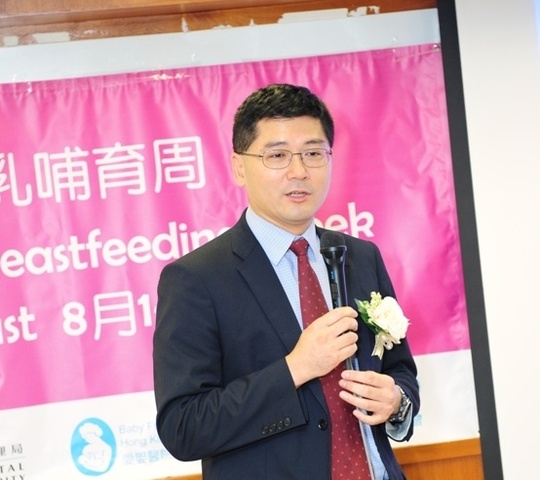 |
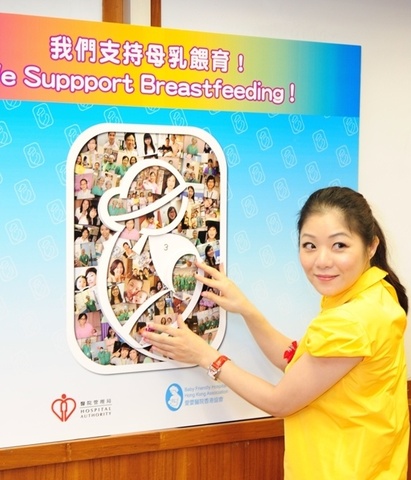 |
Ms Judy Chen, Chairman of Hong Kong Committee for UNICEF shared her experience as a breastfeeding mother. Like many mothers, she had encountered difficulties in breastfeeding. She believes that a supportive family and a considerate employer are important for a mother to overcoming these challenges. Besides, she observed that many commercials of formula milk companies exaggerate the benefits of infant formula. These messages affect new mothers’ decision on infant feeding if they do not have enough knowledge on breastfeeding. The theme of this year’s World Breastfeeding Week: Talk to me! Breastfeeding – A 3-D Experience, draws our attention to the importance of communication in supporting breastfeeding. To widen the outreach of breastfeeding message, this year, for the first time ever, we have invited young people to participate and talk about their views on the breastfeeding issue. |
 |
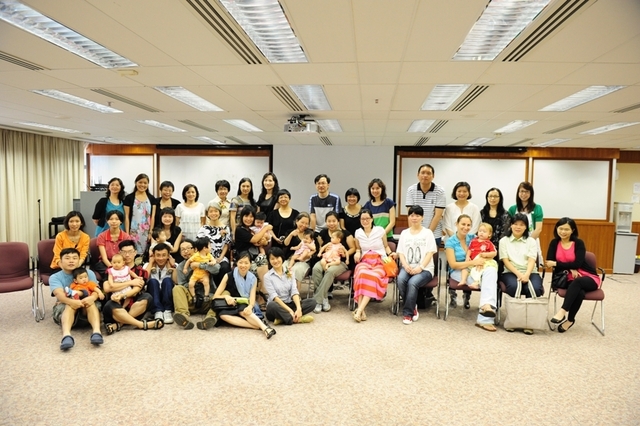 |









